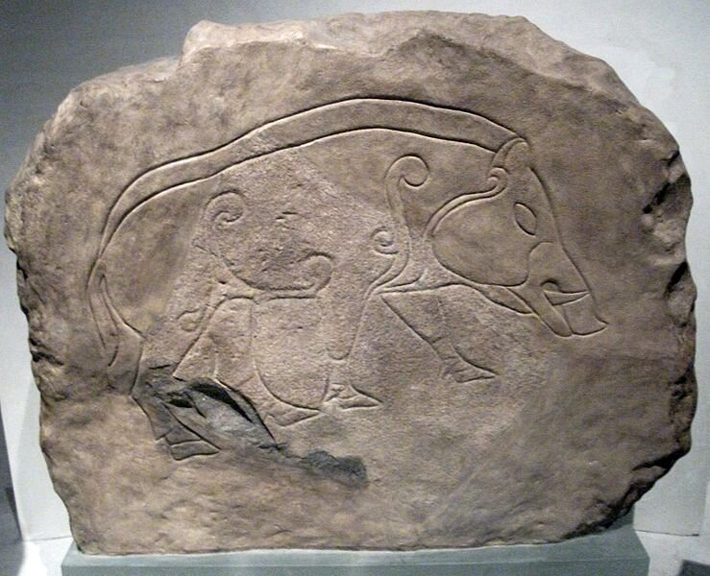 ABERDEEN, SCOTLAND—A new genetic study has offered insight into the geographic origins and social organization of the Picts of Scotland, according to a report from Live Science. The Picts’ name is derived from the Latin word picti and references their use of body paint or tattoos. In the third century A.D., they fought off the Romans and established a kingdom in northern Britain that survived until around A.D. 900. Little is known of the Picts, but early medieval historians suggested they came from the Aegean Sea or Eastern Europe and that they traced their descent through their mother’s side. The new study, led by Adeline Morez of Liverpool John Moores University and Linus Girdland-Flink of the University of Aberdeen, analyzed genetic material from eight skeletons—seven from the Lundin Links cemetery and one from the Balintore cemetery, both in present-day Scotland. The results suggest that the Picts had local roots—their genomes are generally similar to Iron Age populations in Britain—and found no evidence that they organized their society around the female bloodline. For more, go to “Letter from Scotland: Land of the Picts.”
ABERDEEN, SCOTLAND—A new genetic study has offered insight into the geographic origins and social organization of the Picts of Scotland, according to a report from Live Science. The Picts’ name is derived from the Latin word picti and references their use of body paint or tattoos. In the third century A.D., they fought off the Romans and established a kingdom in northern Britain that survived until around A.D. 900. Little is known of the Picts, but early medieval historians suggested they came from the Aegean Sea or Eastern Europe and that they traced their descent through their mother’s side. The new study, led by Adeline Morez of Liverpool John Moores University and Linus Girdland-Flink of the University of Aberdeen, analyzed genetic material from eight skeletons—seven from the Lundin Links cemetery and one from the Balintore cemetery, both in present-day Scotland. The results suggest that the Picts had local roots—their genomes are generally similar to Iron Age populations in Britain—and found no evidence that they organized their society around the female bloodline. For more, go to “Letter from Scotland: Land of the Picts.”
New Genetic Study of Scotland’s Picts
